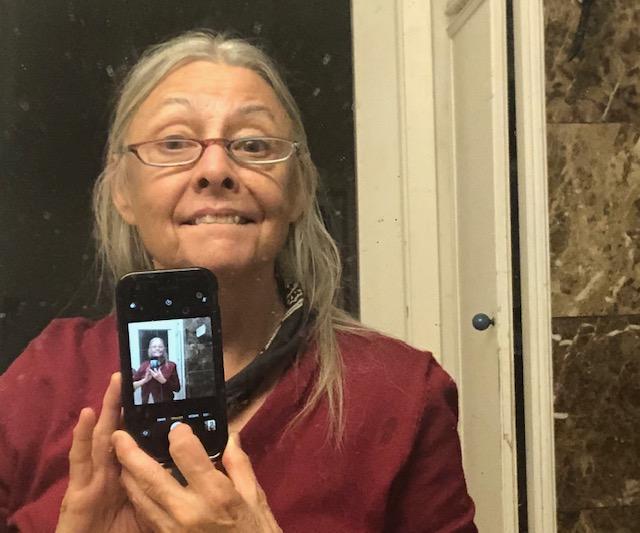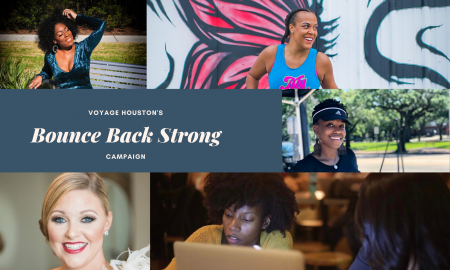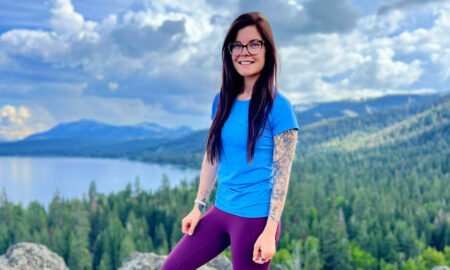

Today we’d like to introduce you to Deborah Morris.
Deborah, we’d love to hear your story and how you got to where you are today both personally and as an artist.
I’ve been painting and drawing since I was a kid. I am lucky to have been encouraged by parents, teachers, mentors throughout my life, especially by my beloved Ms. LaMontagne, my art teacher through high school in Manchester New Hampshire where I grew up.
The prospect of making something out of nothing was the only occupation that competed with my irresistible impulse to wander. Each gave me a sense of excitement and well-being that even later life romances couldn’t rival. So when I wasn’t hitchhiking around the country checking out new places to live – San Francisco, Boulder, Honolulu, Austin, I was between schools indulging in my other passion. Finally landing at UT Austin, I studied realism in every medium available to me. After earning my BFA, I worked for a couple of years in illustration, and graphic design then started my own little business that I called Canny Graphics. One of my most lucrative gigs was to draw beautiful old bungalows and sell them to the owner. I would drag my seat (an old nail keg) my pens and papers out to the street in front of the house, work a few hours then knock on the door. I learned early on in this endeavor to make sure that someone was home and had a good view of the artist in the street admiring their house. This led ultimately to my pursuit of a master’s degree in architecture, which I received in 1987, also from UT Austin. Rice University then offered me an adjunct teaching position which I couldn’t turn down; I moved to Houston where I have lived and practiced since.
We’d love to hear more about your art. What do you do and why and what do you hope others will take away from your work?
Around the early 2000s, some 15 years after establishing my architecture practice I felt a need to return to my artwork. A studio opened up for me at Winter Street, and I began again drawing in graphite and colored pencil. Then I discovered crayon. With this dry medium, I could scrub and pound pigment into multiple substrates like panel, papers, and canvas. I could layer and scratch through and layer again. I loved the challenge and commitment required when using a medium that can’t be erased or washed away or otherwise covered up. Thus began my lifelong love affair with crayon. The switch to crayon also attended a move from the realism that sustained me as an illustrator and an architect to abstraction, a visual space in which I could explore free-form engagement of colors and shapes. In my realistic work, a line or a shape defined a recognizable object – It was a cheekbone or a fold in a curtain. In my abstract work, for instance, the color red has no other purpose than to be red, or to not be blue, or to support green. It may suggest a subject, but it is simply part of a larger picture of values interacting with one another, playfully, either as figures or as ground. Achieving balance in my drawings often results in puzzle-like imagery, interlocking forms of color. For every action, there is a reaction. For every mark, a re-mark.
Drawing is my way of making sense of the senseless, bringing order to the chaotic, if only within the safe, well-defined boundaries of a piece of paper. My studio is my retreat into a world of possibilities, including simply inhaling and exhaling. When I’m ready to work, the tools are all there.
What I would hope people would take away from a visit to my studio is that there are myriad ways to express ideas and feelings and that I have chosen a way that works for me. If it resonates with anyone, then I have made a contribution of some kind. I draw with a light heart and hope that is evident in my work.
Artists face many challenges, but what do you feel is the most pressing among them?
Failing the support of a spouse or a patron, artists face huge financial challenges. A clean, safe space to work can add hundreds of dollars to one’s monthly obligations, and supplies are only getting more expensive. Gallery representation is difficult to come by for many and established galleries with good reputations for supporting, promoting and paying their artists are diminishing. More art enthusiasts are bypassing the gallery altogether and buying online. So the gallery, which has itself been a forum for discourse on the arts and a pinnacle of the development of the local art community is playing a lesser role.
Do you have any events or exhibitions coming up? Where would one go to see more of your work? How can people support you and your artwork?
My work is available to be seen by appointment at my studio at 2101 Winter Street, #7, Sawyer Yards. Also, I am often greeting guests on the second Saturday of every month at number 7 when many of the Sawyer Yards studios are open to the public. Sales are always the best form of support; otherwise, connecting artists work with other art enthusiasts and buyers.
Contact Info:
- Address: 2101 Winter Street, #7
Houston, Texas 77007 - Website: dmorrisstudios.com
- Phone: 8324285151
- Email: drahmorris@sbcglobal.net
- Instagram: @deborahmorrisworks
- Facebook: deborah morris









Image Credit:
Deborah Morris
Getting in touch: VoyageHouston is built on recommendations from the community; it’s how we uncover hidden gems, so if you know someone who deserves recognition please let us know here.

















